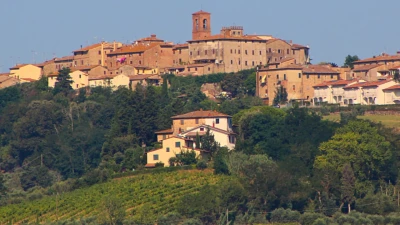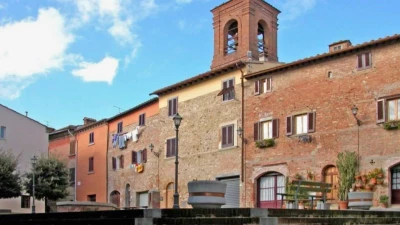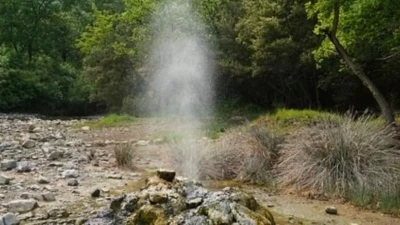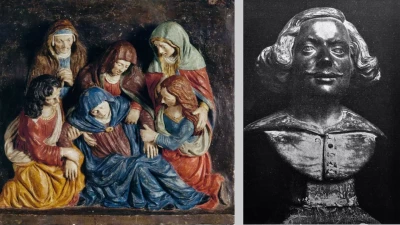Gambassi Terme
Gambassi Terme, included in the Parco Benestare project, is a charming village well-known for its spa. The thermal water, known as "the water of Pillo," has been valued for centuries. Experts describe it as having a combination of healing properties, similar to the water found in Vichy.
Gambassi is a village rich in art and culture, thanks to the presence of significant religious buildings such as the Parish Church of S. Maria a Chianni, which was constructed in the 12th century and exhibits influences of Pisan Romanesque architecture, reminiscent of the Volterra Cathedral.
Additionally, Gambassi is renowned for its pottery and glass production by "I bicchierai." Archaeological findings are displayed in a permanent exhibition at the public library.
The legendary Giovanni Gonnelli, known as "Cieco di Gambassi" was born here. Despite being blind, he had the ability to sculpt terracotta works strongly influenced by popular religious sentiment. The castle, located in the village center, stands prominently on Via Francigena, a route traveled by pilgrims during the Middle Ages en route to Rome. Archbishop Sigeric of Canterbury, in his famous travelogue from the 11th century, mentioned Gambassi as the twentieth milestone. In commemoration of this historical period, an annual walk along the ancient route of Via Francigena takes place.
In the town center, there is a spacious and lush municipal park. The park boasts a variety of plant and tree species from different parts of the world. Gambassi serves as an excellent starting point for exploring the most important art cities of Tuscany, offering a pleasant stay due to its favorable climate.
Moreover, Gambassi provides numerous artistic and cultural attractions, as well as cultural activities.
Altri articoli
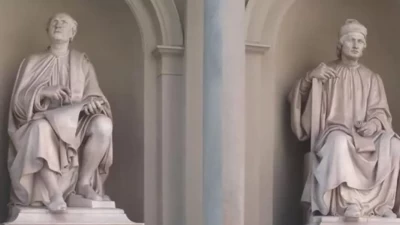
What are these two men
Even the genius Leonardo studied it and reproduced wooden models of the machines Brunelleschi employed to move the material he needed!
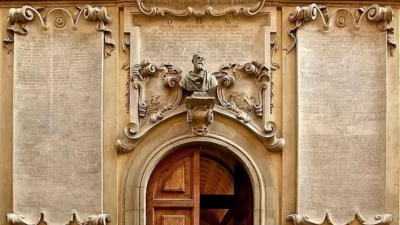
Vincenzo Viviani and his Master Galileo Galilei
On the facade of a florentine palace called "Palazzo dei Cartelloni" ("cartellone" in Italian means "poster") situated near the central station.
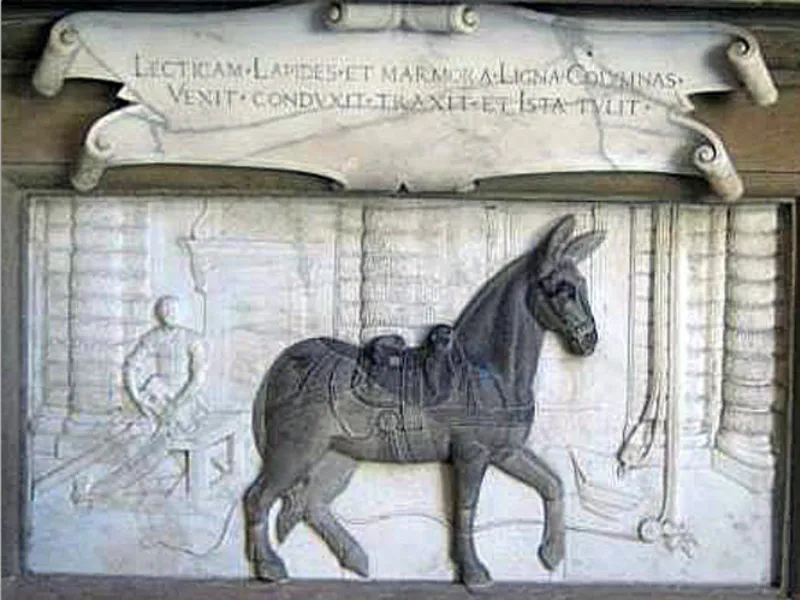
A Mule is celebrated in the Palazzo Pitti
The marble decoration is situated on the left part of the courtyard.
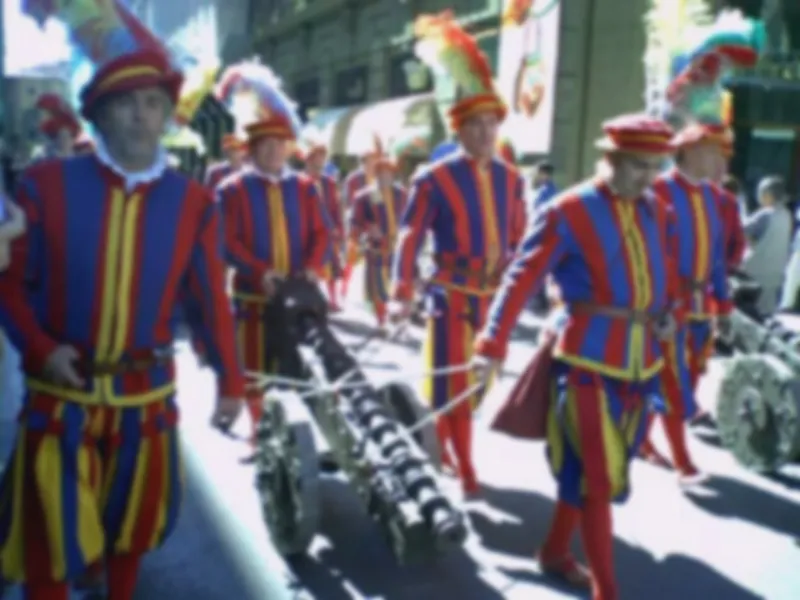
The traditional florentine football game
At the end of the match the Florentine population answers "Viva Fiorenza" to the exhortation of the captain of the district who says; "Shout with me, Florence hurrah!".


